
For over ten years, my father has been exclusively using one type of photographic developer: PMK (Pyrogallol-Metol-Kodalk). The only thing I knew about it was that it was highly toxic and volatile. Even its name sounded dangerous to me. That is probably why I unconsciently decided never to use it. And that is what I did… until now.
In this blog, I usually keep trying to create more eco-friendly developers. I was going through the differences between phenols — actually slowly scrolling pretending to understand what I was reading. I accidentally ended up on an article about Pyro developers. This article was about a formula called Pyrocat. Besides the name — that I keep picturing by the weird vision of a burning cat, the formula added some interesting criteria to the “pro” column of my pro-con list for PMK.
Pyrocat HD uses Pyrocatechol, an equally toxic cousin of Pyrogallol, but also Phenidone. This ancient compound, used in the fifties and abandoned since, is nowadays easily synthesizable. The combinaison of the two chemicals allows a faster reaction and a simpler handling of products. You will find dozens of websites about the technical details (its inventor website is a good start), but here is why and how I personally approached the subject.
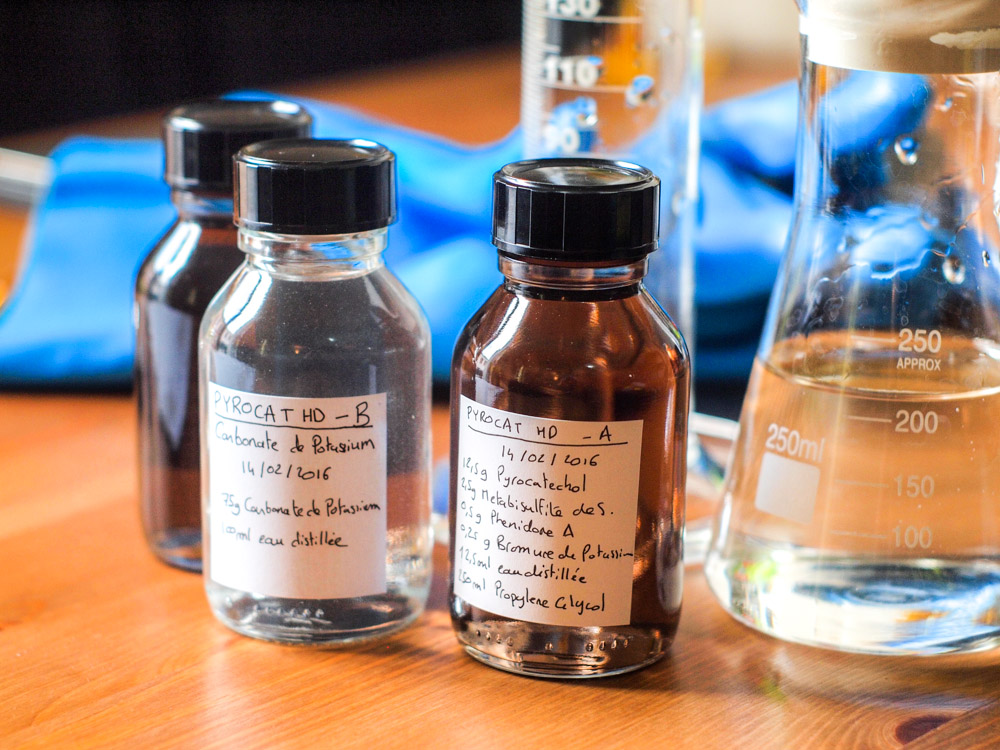
#1 Find an excuse to try
Right. Why try? That is a decent question that needs arguments to answer it. Well, this is how I found an excuse to try that revolutionary soup: Stains. Yes, you read me right. The interest of Pyro developers is that they stain the film. On a regular developed film, the silver grains are spread into the transparent gelatin. On a Pyro developed film, those grains are spread in a gelatin that is stained proportionally to the developer action. This means that the gelatin is stained between the silver crystals, which virtually masks the grain effect, giving finer images, with more details in highlights. JBphotoblog conducted the following experiment:
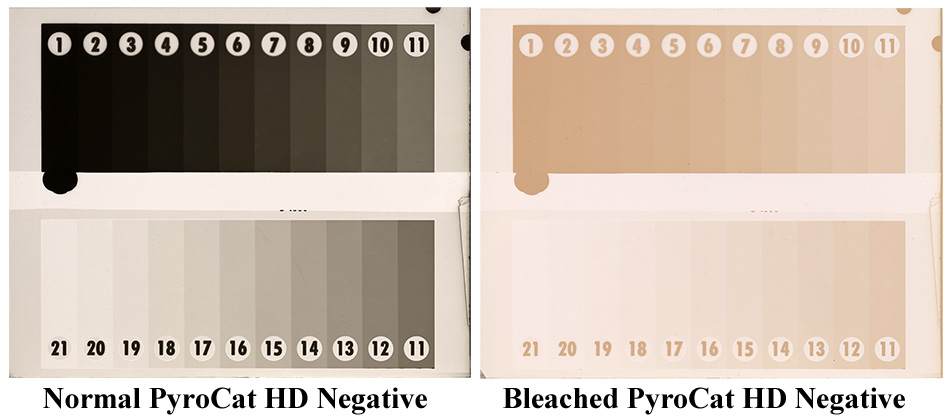
The film is bleached (with Potassium Ferricyanide) – the silver is washed out, revealing the bare gelatin.
The use of Pyro gives less contrasted photos, less sharp than regular developers, but way smoother, grainless and un-burnt images. It is not a solution, it is a choice. And it is enough for me to drop my common preconception and give it a try. What about you?
#2 Make some soup
Yes, that soup is toxic. Well, essentially the Pyrocathechol powder is. So go buy some gloves (latex is good), and mask – the powder is highly volatile. Products are easily available on the internet and are pretty cheap. I insist on taking the right precautions at this step: mixing the powder is the most dangerous aspect of the whole recipe. Of course, stay away from all kitchen utensils. Once the powder is diluted, you can take off the mask: it is -kind of- safe now.
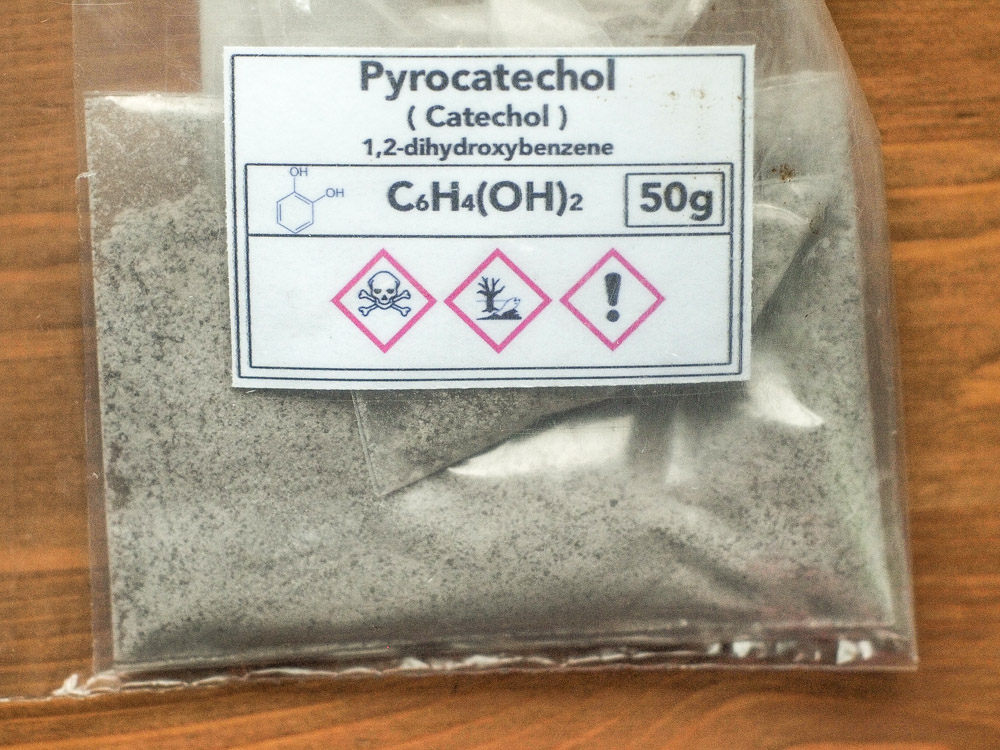
Once again, the recipe can be found on the official website, but here it is:
| Ingredient | Quantity |
|---|---|
| Solution A | |
| Distilled Water | 750 ml |
| Sodium Metabisulfite | 10 g |
| Pyrocatechin | 50 g |
| Phenidone | 2 g |
| Potassium Bromide | 1 g |
| Distilled water to make | 100 ml |
| Solution B | |
| Distilled Water | 700 ml |
| Potassium Carbonate | 750 g |
| Water to make | 1000 ml |
For a lifetime shelf life, I replaced water in solution A by Propylene Glycol: water contains A LOT of oxygen, oxidizing the developer agent. Replacing water by PG pushes the solution life expectancy from 6 months to several years. A soup never goes bad.
If you use PG, you can dilute the Potassium Bromide in a few ml of water before adding it. These crystals are used to reduce the fog base during long developments and are extremely difficult to stir into anything but water. If you do so, add the Metabisulfite (anti-oxydant) to the party, it will dilute faster.
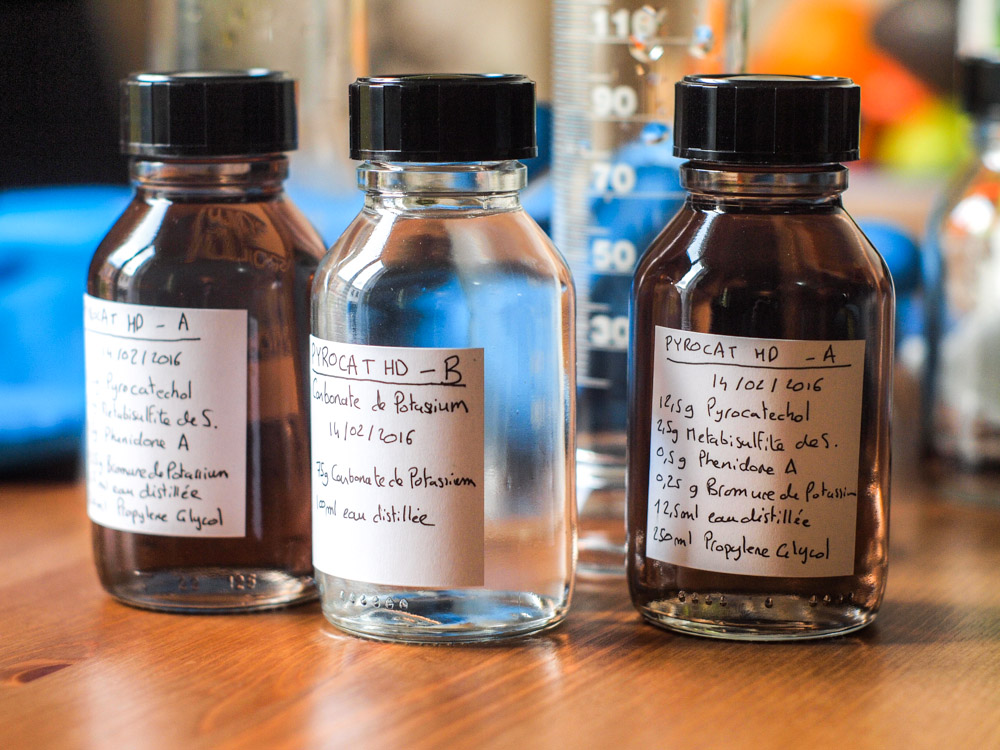
#3 Enjoy the results!
To use, nothing simpler : dilute 1 part of solution A, 1 part of solution B and 100 of water (1:1:100). Use as a standard developer. I use 2 plastic syringes to avoid contamination of the solutions. About the toxicity of solution: you should use gloves while handling the tank, in case of spilling. With a liter of solution A you can develop about 333 films (35 mm). Yes, it is a pretty filling soup!
As usual times can be found by searching Pyrocat in Massive Dev Chart or FilmDev
Now, enjoy the results!
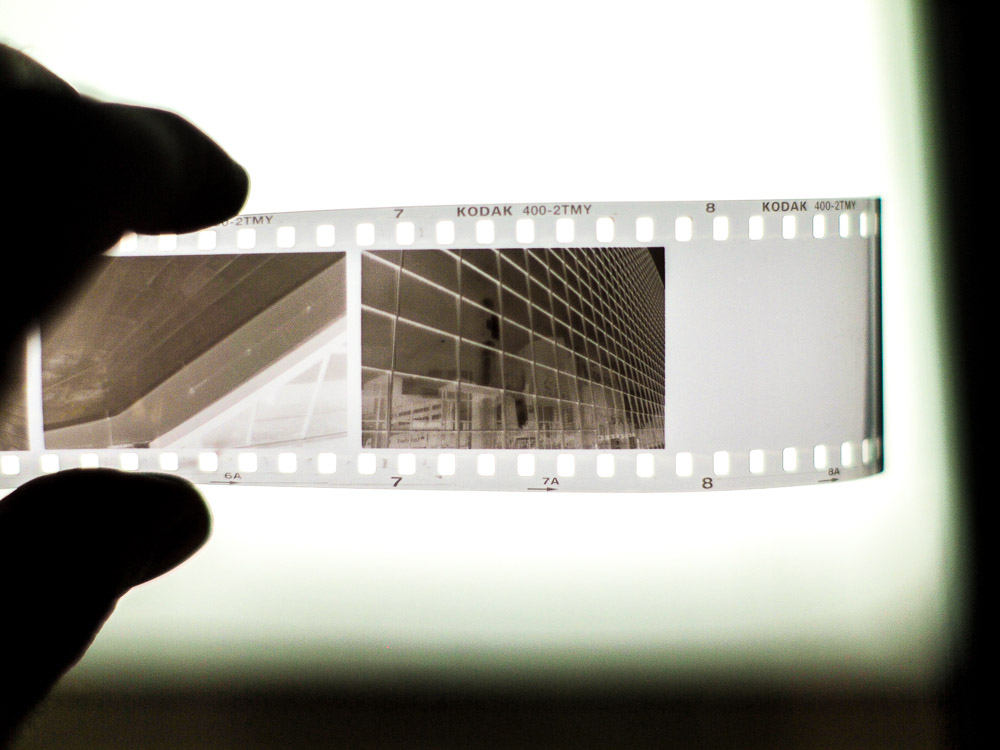
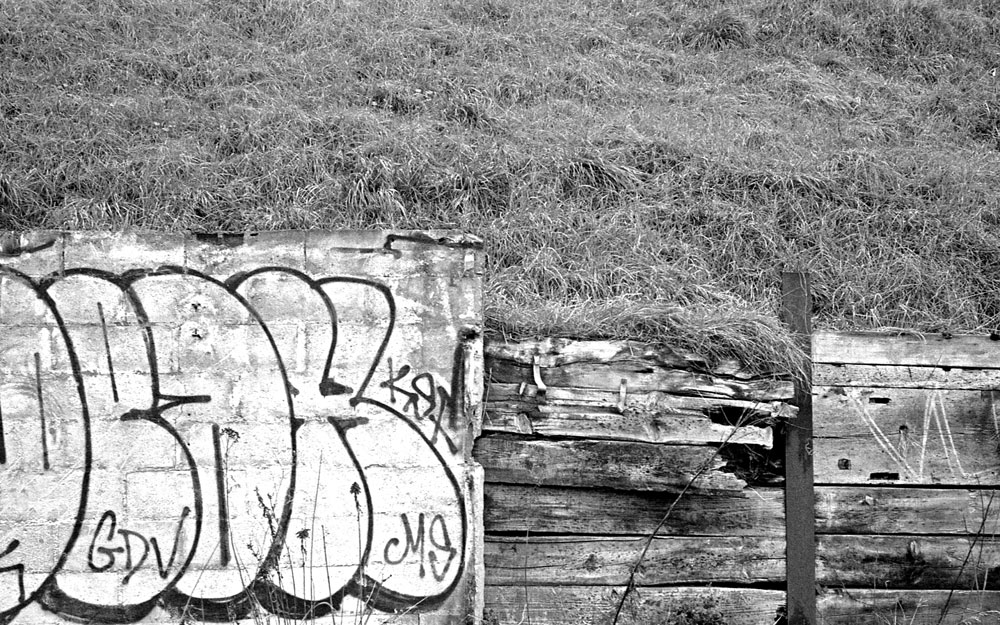
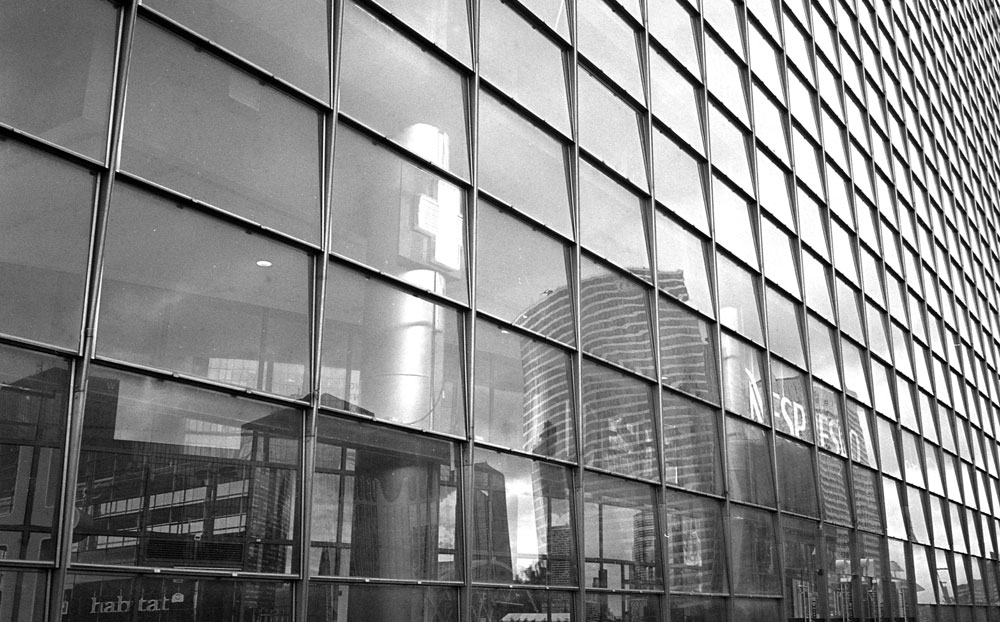
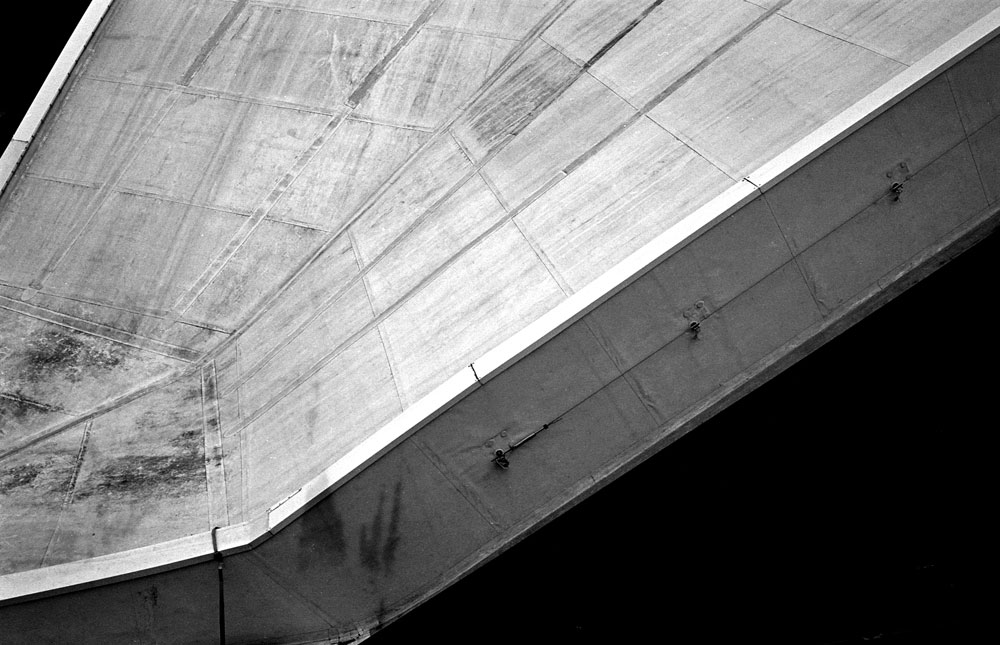
Another roll is drying up, more pictures to come!
Navigate through the publications
Great article and introduction to the use of Pyrocat HD.
It is a very good developer and a favourite of many serious landscape and portrait photographers.
Many people like myself have found it gives more consistent results than PMK.
It works well with all Ilford And Kodak films and in my opinion exceptionally well HP5 plus and Tri-X.
I use it in a Jobo rotary processor for sheet films of all sixes with excellent results using the Jobo expert tanks.
Pyrocat HD negs scan very well!